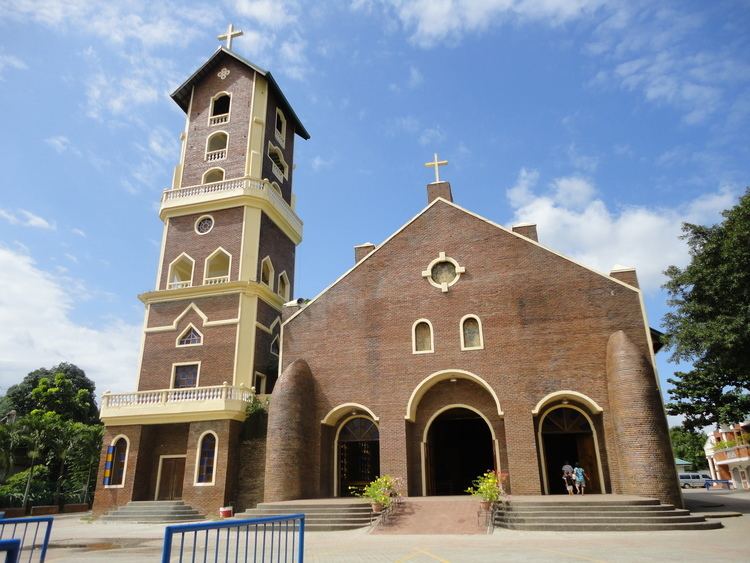Country Philippines Barangays ZIP code 3527 Local time Friday 3:54 PM | District 2nd District Time zone PST (UTC+8) Area 139.6 km² Province Cagayan | |
 | ||
Region Cagayan Valley (Region II) Weather 26°C, Wind NW at 3 km/h, 91% Humidity | ||
Piat cagayan valley philippines
Piat is a fourth class municipality in the province of Cagayan, Philippines. According to the 2015 census, it has a population of 23,597 people.
Contents
- Piat cagayan valley philippines
- Map of Piat Cagayan Philippines
- History
- Barangays
- Demographics
- Attractions
- References
Map of Piat, Cagayan, Philippines
The town is located in the south-west part of Cagayan Province in what is known as the Itawes Region, along which the Rio Chico runs west, south, and north-west of the town until it debouches into the Rio Ibanag somewhere near Nassiping.
Piat is dubbed as the "Pilgrimage Center of Cagayan Valley" because of the thousands of devotees and tourists who come here to pay homage. It is the home of Our Lady of Piat which continues to be the source of inspiration and object of devotion of many Catholics in the region.
History
There are quite a few conjectures on how Piat got its name. One has it is that it derives from "piyas," an Ilokano word, in Ibanag "addulu" and in Tagalog, "kamiyas." Another has it that the word comes from "aggapiya," meaning "healer, masseuse," and a more credible version has it that it is derived from the Ibanag and Itawes word "piya" which means "goodness, kindness, health."
The original people were the Itawes; at present, there are many Ibanag. Ilokano, Tagalog, Kapampangan and other dialect speakers. There are also families of Spanish and American descent. The head of the family was called "urayan" or "baruwang" and the council of elders "Kammaranan." There were also war leaders and braves called "mengal," and priestesses called "anitera" from the Spanish word called "anito" or "minangilu" in Ibanag, "mangilut" in Itawes and "baybaylan" in Bisayan; there were few priests among the ancient people.
In 1596, the Dominican Provincial, Fr. Miguel de San Jacinto named Piat as a mission in the Itawes region comprising the towns of Tabang, Malaueg, Tuao and Piat. The encomenderos then were Pedro Barreda, Juan de Arranda and Isabel de Cardona. In 1604, the Bishop, Diego de Soria, negotiated for more missionaries for the Itawes region. To help in the pacification and evangelization of the region, the Dominicans introduced the devotion to Our Lady of the Most Holy Rosary: in 1604, they brought the images of Our Lady from Macau and first enshrined it in Lallo, later bringing it to Piat 1622.
Barangays
Piat is politically subdivided into 18 barangays.
Demographics
In the 2015 census, the population of Piat, Cagayan, was 23,597 people, with a density of 170 inhabitants per square kilometre or 440 inhabitants per square mile.
